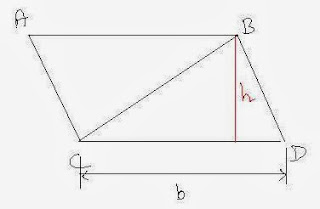Idea of Education through Online build on much of the fast development in the field of communication. Practical learning is a relatively new idea in teaching. Online tutoring is an interactive process in which students work in complete coordination with experienced tutors. The interaction between the student and the tutor is one-on-one, live and in real time. All relevant study material is sent via email, and students can engage in live chat with their tutor. For example student has a doubt with a math problem then online math tutor will send step by step solution via email and via live chat.
Students are taught a mixture of common subjects like English, chemistry or Math .Here math is a subject many students develop a phobia about it and online math tutoring services are ones that are now being in demand. The online Math tutors can do away with the math phobia of many students.
This will because of the learning process for the student. Some of the math tutor will use the animation videos and graphics. The online Math Tutors often use whiteboards. Which gives the tutor and the student a shared screen space. In other words, it serves the purpose of a conventional blackboard that is normally used in a traditional classroom. Math helper try to understand the problems given by each student one-on-one and develop a teaching program as per their convenience.
For example if the student is in grade 3 then math tutor will develop the program as per their understanding label.
Example Which is the same as 10–3
a)4-3
b)4+3
c)4/3
d)4*3
Advantages of online tutoring is 24/7 availability and learning at your speed. Online tutoring sessions are customized to match the needs of each individual student. Tutor refer student friendly training methodology that makes the most difficult problems seem like an easy problem for the students.
The dedicated online math tutor can help any student who is weak in maths. With the expert guidance of the tutors a student can attempt any professional exam .The best part about online tutoring is that it operates across all over the continents and students from all over the globe.
Summary : Online tutoring is use full for all grade students and parents, tutors are available 24/7.Education through online is convenient for students, being at home student can clarify their doubts. The online Math tutors can do away with the math phobia of many students.
This will because of the learning process for the student. Some of the math tutor will use the animation videos and graphics. The online Math Tutors often use whiteboards. Which gives the tutor and the student a shared screen space. In other words, it serves the purpose of a conventional blackboard that is normally used in a traditional classroom. Math helper try to understand the problems given by each student one-on-one and develop a teaching program as per their convenience.
For example if the student is in grade 3 then math tutor will develop the program as per their understanding label.
Example Which is the same as 10–3
a)4-3
b)4+3
c)4/3
d)4*3
Advantages of online tutoring is 24/7 availability and learning at your speed. Online tutoring sessions are customized to match the needs of each individual student. Tutor refer student friendly training methodology that makes the most difficult problems seem like an easy problem for the students.
The dedicated online math tutor can help any student who is weak in maths. With the expert guidance of the tutors a student can attempt any professional exam .The best part about online tutoring is that it operates across all over the continents and students from all over the globe.
Summary : Online tutoring is use full for all grade students and parents, tutors are available 24/7.Education through online is convenient for students, being at home student can clarify their doubts. The online Math tutors can do away with the math phobia of many students.














